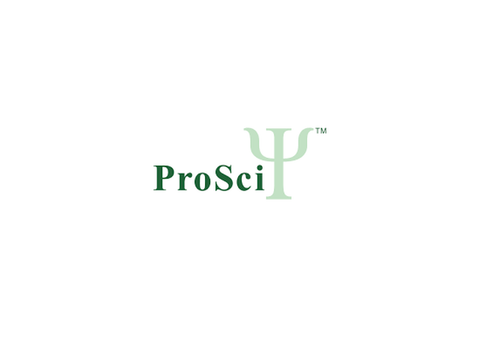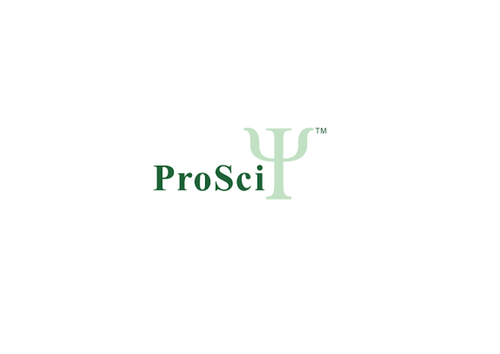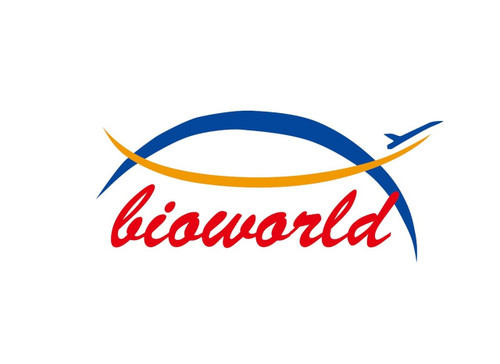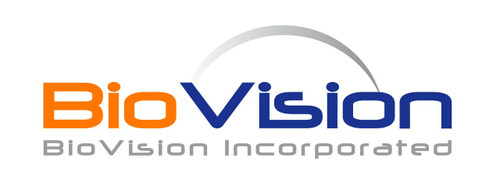Product Description
Urokinase Antibody | 63-439 | ProSci
Host: Rabbit
Reactivity: Human, Mouse
Homology: N/A
Immunogen: This Urokinase (PLAU) antibody is generated from rabbits immunized with a KLH conjugated synthetic peptide between 60-90 amino acids from the N-terminal region of human Urokinase (PLAU) .
Research Area: Cancer, Obesity, Neuroscience
Tested Application: WB, IHC-P, Flow
Application: For WB starting dilution is: 1:1000
For IHC-P starting dilution is: 1:10~50
For FACS starting dilution is: 1:10~50
Specificiy: N/A
Positive Control 1: N/A
Positive Control 2: N/A
Positive Control 3: N/A
Positive Control 4: N/A
Positive Control 5: N/A
Positive Control 6: N/A
Molecular Weight: 49 kDa
Validation: N/A
Isoform: N/A
Purification: This antibody is prepared by Saturated Ammonium Sulfate (SAS) precipitation followed by dialysis
Clonality: Polyclonal
Clone: N/A
Isotype: Rabbit Ig
Conjugate: Unconjugated
Physical State: Liquid
Buffer: Supplied in PBS with 0.09% (W/V) sodium azide.
Concentration: batch dependent
Storage Condition: Store at 4˚C for three months and -20˚C, stable for up to one year. As with all antibodies care should be taken to avoid repeated freeze thaw cycles. Antibodies should not be exposed to prolonged high temperatures.
Alternate Name: Urokinase-type plasminogen activator, U-plasminogen activator, uPA, Urokinase-type plasminogen activator long chain A, Urokinase-type plasminogen activator short chain A, Urokinase-type plasminogen activator chain B, PLAU
User Note: Optimal dilutions for each application to be determined by the researcher.
BACKGROUND: PLAU, a member of the peptidase family S1, is a potent plasminogen activator and is clinically used for therapy of thrombolytic disorders. PLAU specifically cleaves the Arg-|-Val bond in plasminogen to form plasmin. The protein is found in high and low molecular mass forms. Each consists of two chains, A and B. The high molecular mass form contains a long chain A. Cleavage occurs after residue 155 in the low molecular mass form to yield a short A1 chain. The protein is used in Pulmonary Embolism (PE) to initiates fibrinolysis. Structurally, PLAU contains 1 EGF-like domain and 1 kringle domain.
 Euro
Euro
 USD
USD
 British Pound
British Pound
 NULL
NULL












